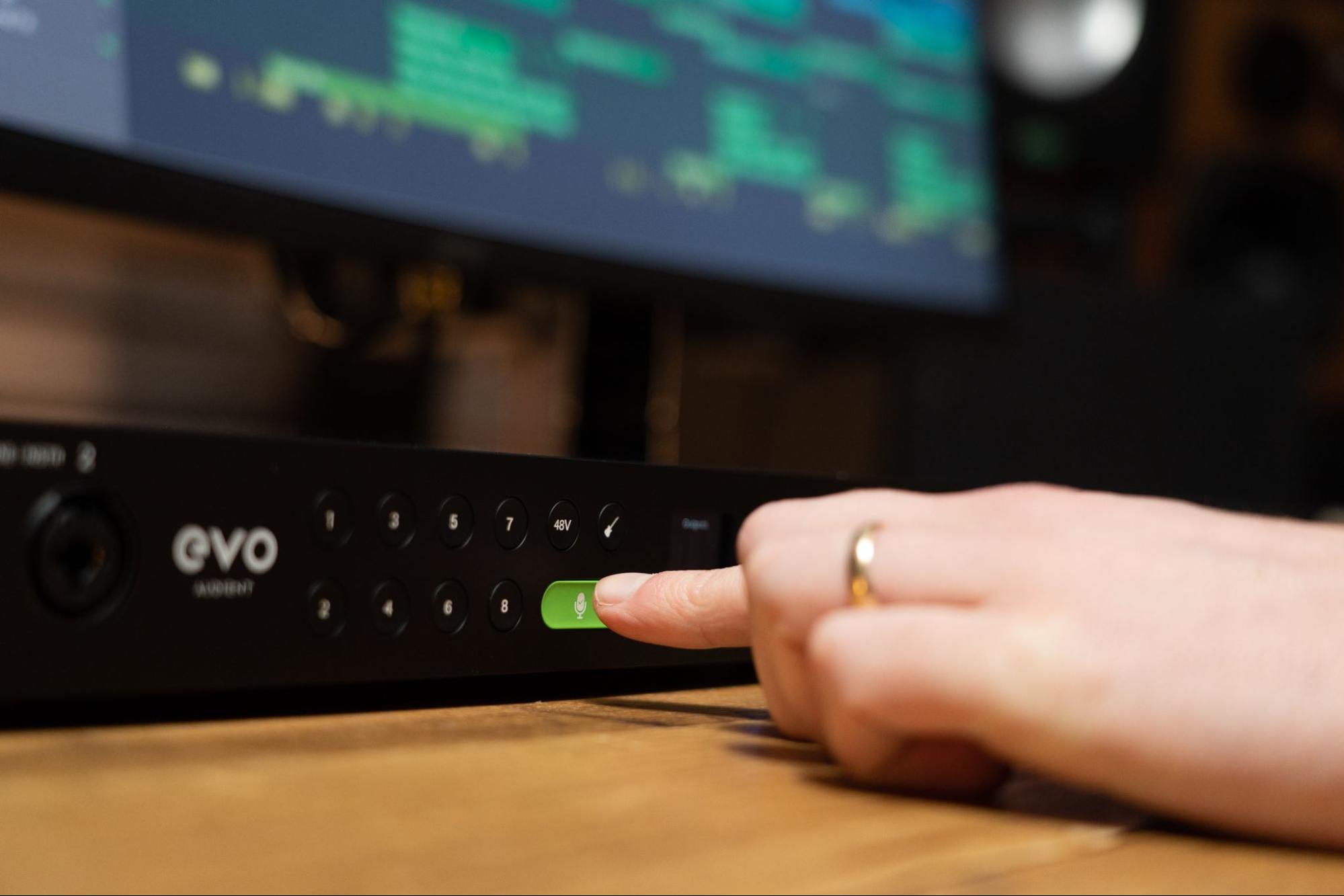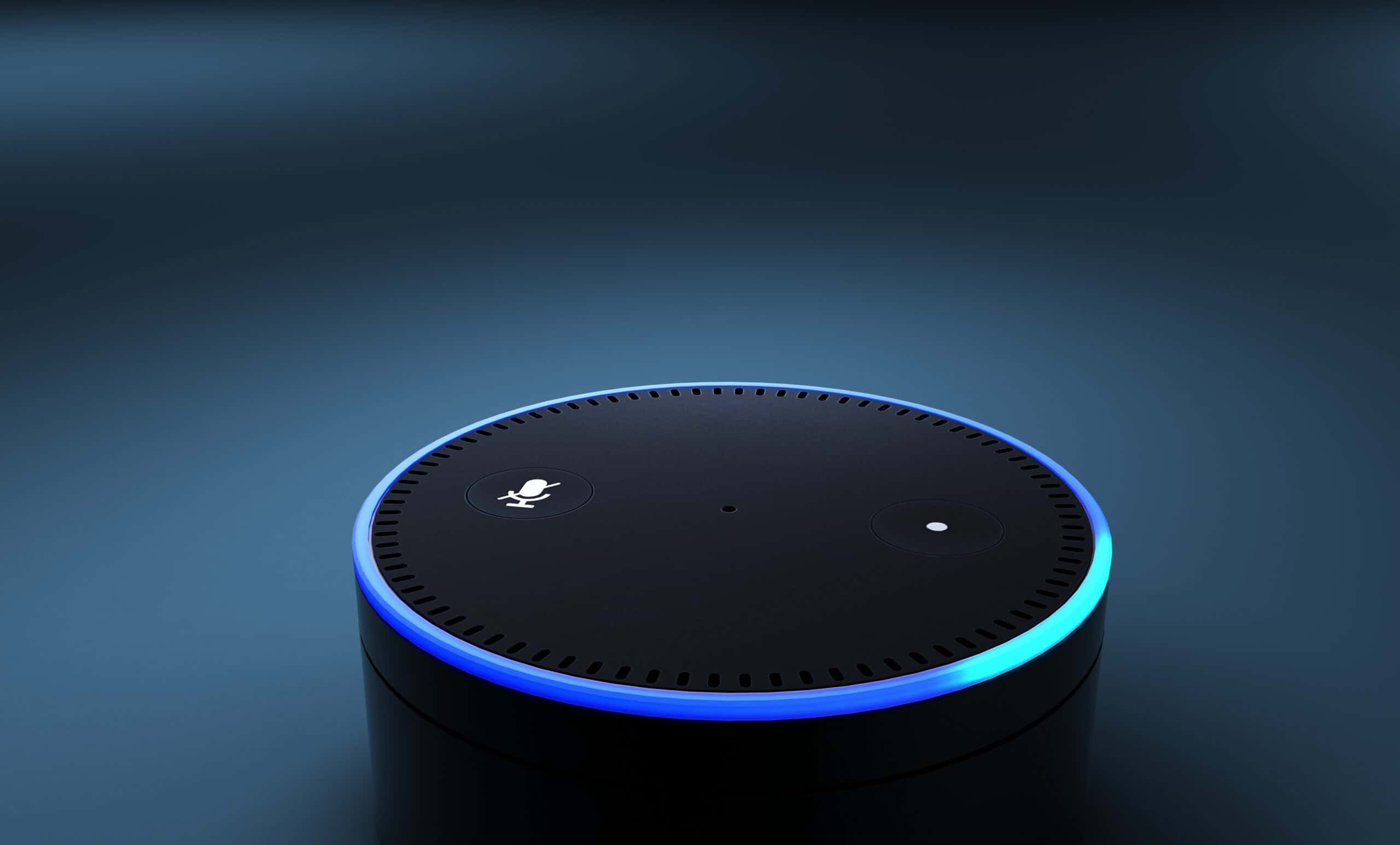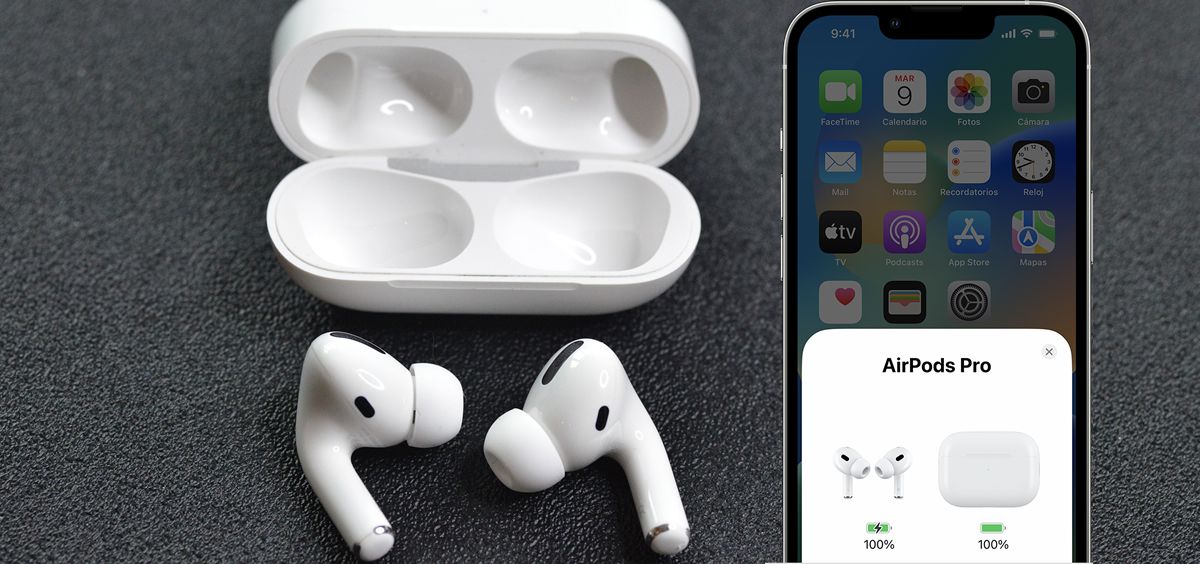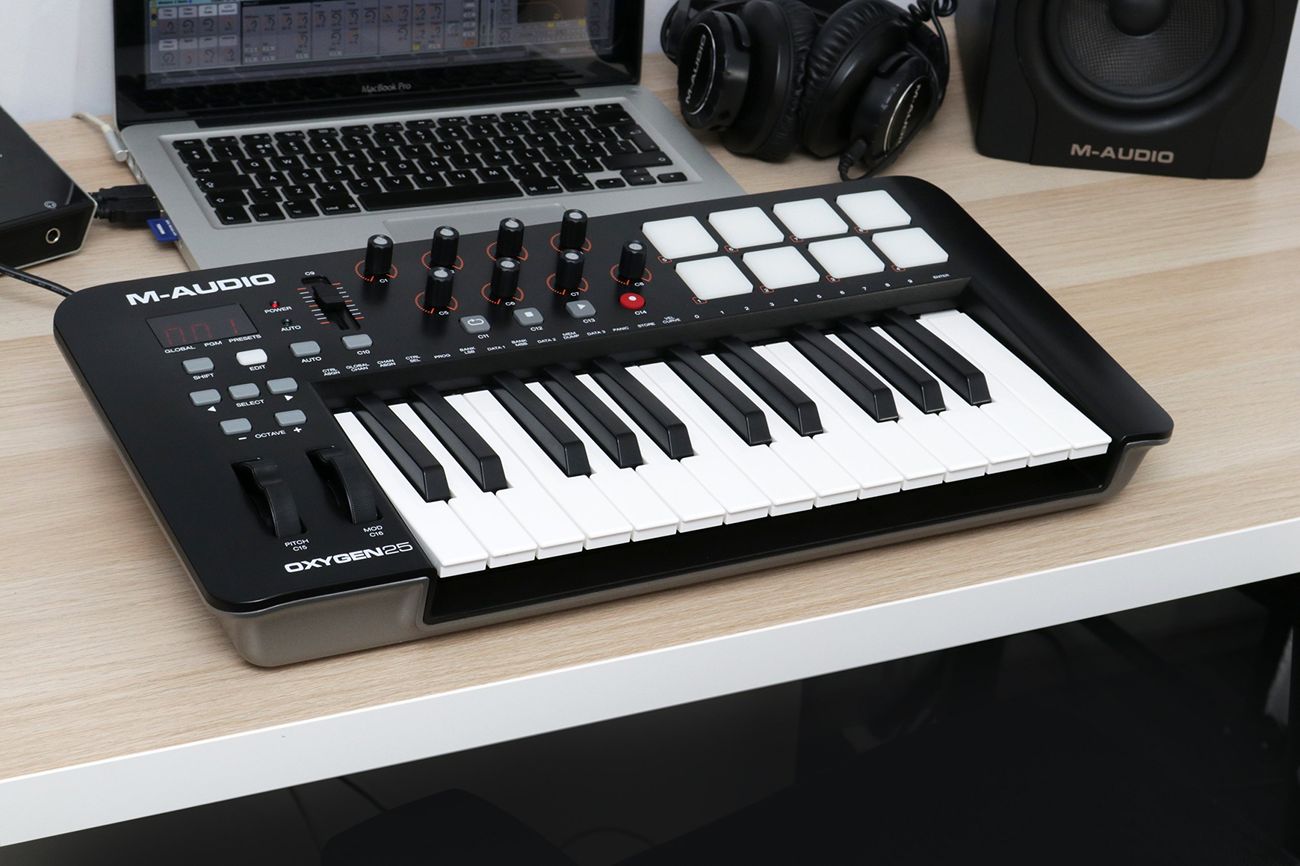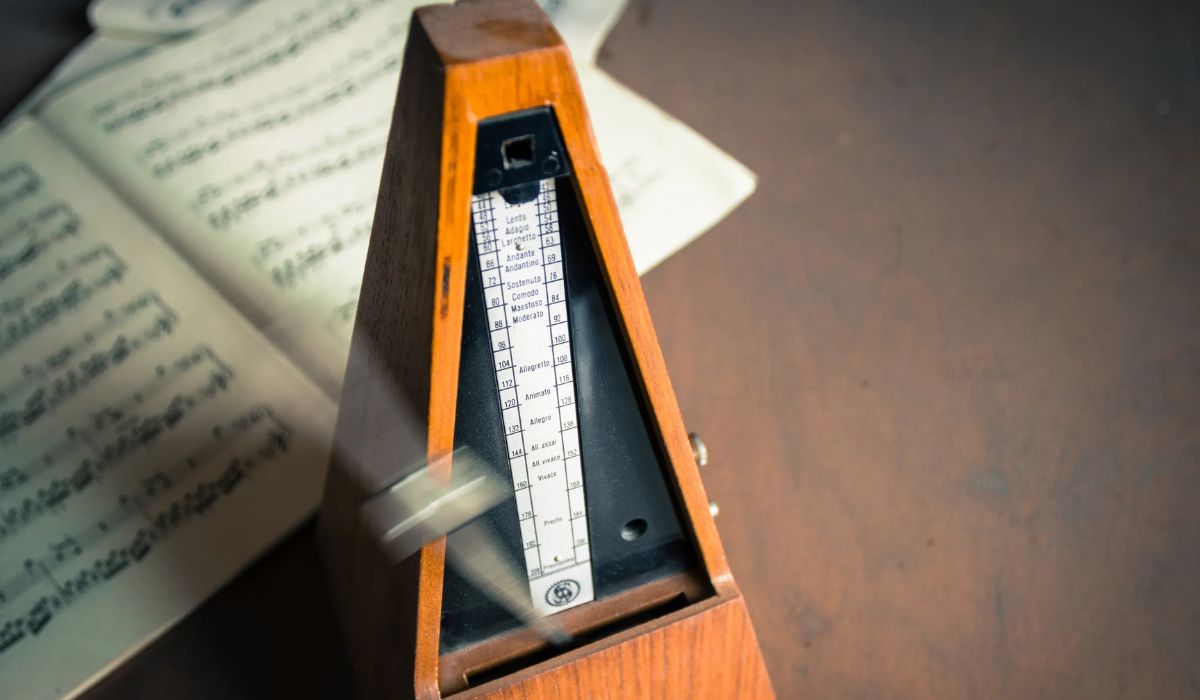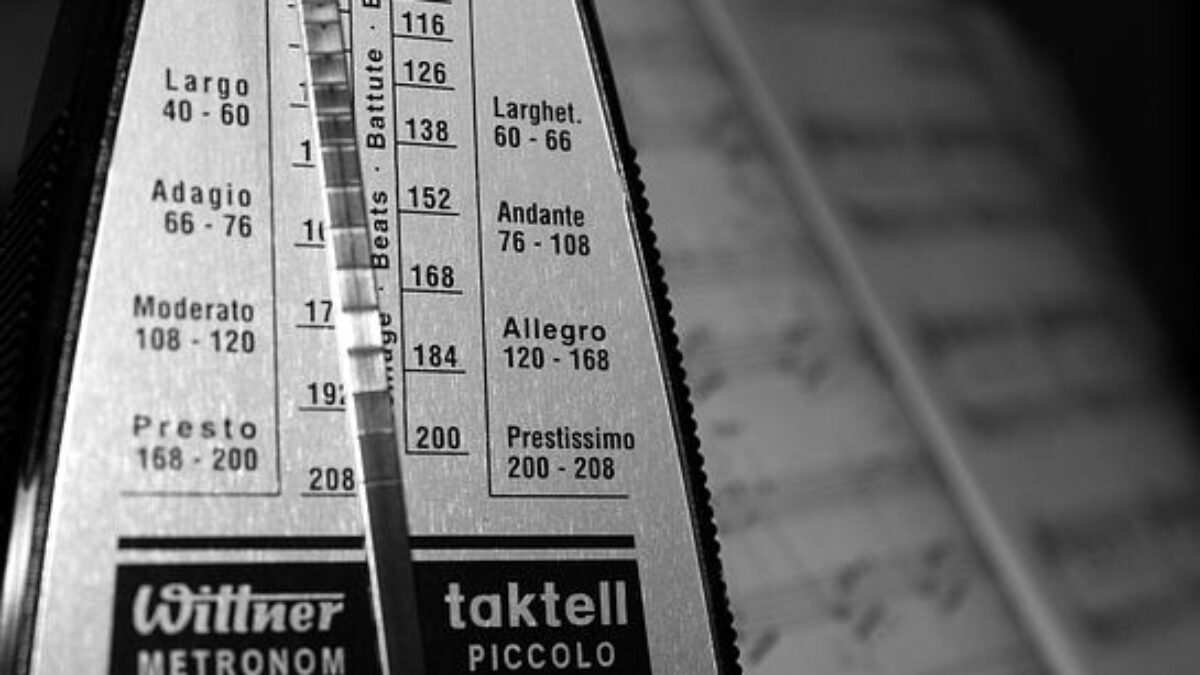Home>Production & Technology>Metronome>How To Check Metronome Calibration
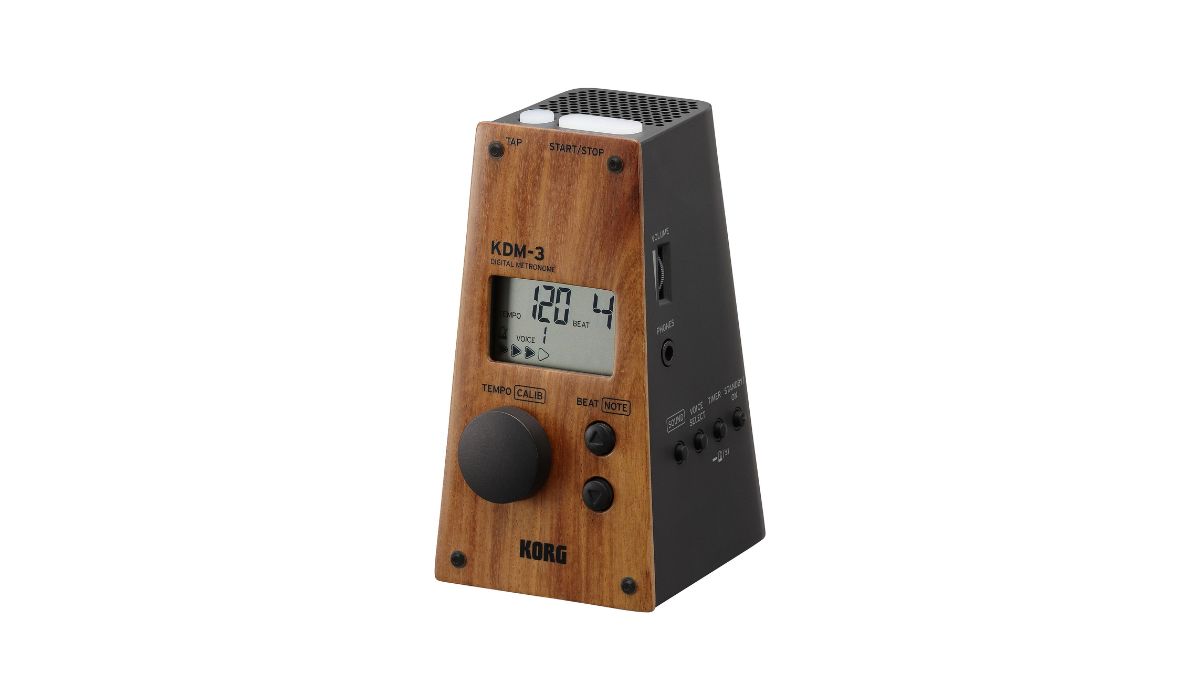

Metronome
How To Check Metronome Calibration
Modified: January 22, 2024
Learn how to check metronome calibration and ensure accurate timing for your music practice sessions. Discover the importance of calibration for a reliable metronome experience.
(Many of the links in this article redirect to a specific reviewed product. Your purchase of these products through affiliate links helps to generate commission for AudioLover.com, at no extra cost. Learn more)
Table of Contents
Introduction
When it comes to keeping time in music, a metronome is an invaluable tool for musicians of all levels. This device provides a steady beat, ensuring that performers stay in sync and maintain the desired tempo. However, like any mechanical or electronic device, metronomes may experience calibration issues over time.
Metronome calibration refers to the accuracy of the device’s beat and tempo. A poorly calibrated metronome can lead to significant timing discrepancies, making it difficult for musicians to play together smoothly and accurately. That’s why it’s essential to regularly check the calibration of your metronome to ensure its accuracy and reliability.
In this article, we will explore the concept of metronome calibration, providing you with the knowledge and tools needed to check and adjust your device’s accuracy. Whether you are a professional musician, a music student, or a hobbyist, understanding how to calibrate your metronome will greatly enhance your musical experience.
We will discuss the tools required for checking metronome calibration and provide you with a step-by-step guide to effortlessly perform the calibration process. Additionally, we will share some valuable tips and troubleshooting techniques to help you overcome any common issues you may encounter along the way.
By the end of this article, you will have all the knowledge and confidence needed to ensure that your metronome keeps perfect time and stays synchronized with your musical endeavors.
Understanding Metronome Calibration
In order to properly check and adjust the calibration of your metronome, it’s important to have a clear understanding of what calibration means in this context.
Metronome calibration refers to the accuracy and consistency of the device’s beat and tempo. A well-calibrated metronome will accurately represent the desired tempo, ensuring that musicians can play along and stay in time with the beat.
The calibration of a metronome is typically measured in beats per minute (BPM). BPM indicates how many beats the metronome produces in one minute. For example, if the metronome is set to 120 BPM, it will produce 120 beats in one minute, with each beat evenly spaced apart.
Metronomes can come in both mechanical and digital forms. Mechanical metronomes often use a pendulum mechanism, while digital metronomes rely on precise electronic circuitry to generate the beats. Regardless of the type, all metronomes should be calibrated to maintain accuracy.
Over time, factors such as wear and tear, temperature changes, and electronic drift can affect the calibration of a metronome. If left unchecked, these factors can lead to significant timing discrepancies and impact the overall musical performance.
Calibration is especially critical when musicians are practicing together or performing in ensembles, as even the slightest timing variations can create a noticeable disruption in the music. By understanding metronome calibration and regularly checking and adjusting its accuracy, musicians can ensure a solid foundation for their musical endeavors.
Now that we have a grasp of what metronome calibration entails, let’s move on to the tools required for checking and adjusting its accuracy.
Tools Needed for Checking Metronome Calibration
Checking the calibration of your metronome requires a few essential tools to ensure accurate measurements. Before you begin the calibration process, make sure you have the following items:
- Metronome: Of course, you will need the metronome you want to check and calibrate. It can be a mechanical metronome with a pendulum or a digital metronome with electronic controls. Whichever type you have, ensure it is in good working condition.
- Stopwatch or Timer: A stopwatch or timer is necessary to accurately measure time intervals. You can use a physical stopwatch, a smartphone stopwatch app, or a timer feature on a digital device.
- Tuning Fork or Pitch Pipe: A tuning fork or pitch pipe is an optional tool but can be helpful for verifying the accuracy of the metronome’s tempo. It produces a single consistent pitch that can be used as a reference point for comparing the metronome’s beats.
While these are the core tools needed for checking metronome calibration, you may also find it useful to have additional items for a more detailed analysis:
- Metronome App: If you don’t have a physical metronome, you can use a metronome app on your smartphone or tablet. These apps offer various features and often allow for more precise adjustments and customization.
- Audacity or Music Software: If you want to conduct a more in-depth analysis of your metronome’s timing, you can use audio recording software like Audacity. This software allows you to visually examine the waveform and measure the timing accuracy of the metronome’s beats.
- Metronome Calibration Tools: For musicians who require absolute precision in their metronome calibration, specialized metronome calibration tools, such as electronic tuners or metronome calibration machines, are available. These tools provide precise measurements and adjustments for highly accurate calibration.
Having these tools ready before starting the calibration process will ensure that you can accurately measure and adjust your metronome’s timing. Now that you have everything prepared, let’s move on to the step-by-step guide to check metronome calibration.
Step-by-Step Guide to Check Metronome Calibration
Checking and calibrating your metronome is a straightforward process that can be done in a few simple steps. Follow this step-by-step guide to ensure accurate results:
- Set up a steady surface: Place your metronome on a stable surface, making sure it won’t be easily moved or disturbed during the calibration process. This will help maintain consistency and accuracy.
- Choose a tempo: Decide on the desired tempo for your metronome. It can be any BPM value depending on your musical needs. For example, you might choose 60 BPM for a slow tempo or 120 BPM for a moderate tempo.
- Activate the metronome: Activate your metronome at the chosen tempo and listen to the beats. Pay attention to the consistency of the ticking sound.
- Use a stopwatch or timer: Start the stopwatch or timer simultaneously with the first beat of the metronome. Count the number of beats produced by the metronome for a specific duration, such as one minute or 30 seconds.
- Compare the beat count: After the chosen duration, stop the stopwatch or timer and compare the number of beats counted to the expected count. For example, if you were aiming for 60 BPM and counted 60 beats in one minute, the metronome is likely accurately calibrated.
- Adjust if needed: If the beat count deviates from the expected value, you may need to make adjustments to the metronome’s tempo settings. Refer to the user manual or instructions for your specific metronome to learn how to make these adjustments.
- Repeat the process: After making adjustments, repeat the steps to ensure the desired accuracy. If needed, make further adjustments until the beat count matches the expected value.
It’s important to note that the calibration process may vary slightly depending on the type of metronome you have. Digital metronomes often allow for precise adjustments using buttons or knobs, while mechanical metronomes may require manual calibration using weights or pendulum adjustments.
By following this step-by-step guide, you can ensure that your metronome is accurately calibrated and ready to assist you in staying on rhythm in your music practice or performances.
Tips for Calibrating Metronome Accuracy
Calibrating your metronome accurately is essential for maintaining precise timing in your music. Here are some helpful tips to ensure the best results during the calibration process:
- Use a reference pitch: If you have a tuning fork or pitch pipe, play a reference pitch before starting the calibration process. This will help you align the metronome’s beats with the pitch, ensuring synchronization between rhythm and pitch.
- Test different tempos: While testing your metronome’s accuracy, try using different tempos to observe if there are any inconsistencies. It’s important to make sure your metronome maintains accuracy across various BPM values.
- Double-check the length of the test: Ensure that you correctly measure the duration of the test period. Even a slight discrepancy in time measurement can lead to inaccurate results.
- Take environmental factors into account: Keep in mind that temperature and humidity can affect the accuracy of both mechanical and electronic metronomes. Try to conduct the calibration in a stable environment to minimize these variables.
- Consider using a metronome app: If you don’t have a physical metronome, consider using a metronome app on your smartphone or tablet. These apps often offer additional features like visual cues or subdivisions, which can aid in the calibration process.
- Record and analyze: If you want to perform a more detailed analysis of your metronome’s accuracy, record its beats using audio recording software like Audacity. This will allow you to visually examine the waveform and measure any timing discrepancies.
- Regularly check calibration: Calibration issues can arise over time due to various factors. Make it a habit to regularly check your metronome’s calibration to ensure consistent accuracy in your musical endeavors.
Remember, the goal of calibrating your metronome is to provide a reliable timing reference for your music. By following these tips, you can enhance the accuracy of your metronome and take your musical performances to the next level.
Common Problems and Troubleshooting
While checking and calibrating your metronome, you may encounter some common problems that can affect its accuracy. Here are a few common issues and troubleshooting tips to help you overcome them:
- Inconsistent beats: If your metronome produces inconsistent beats, it may be due to a mechanical issue or uneven weight distribution. Try adjusting the weight or pendulum of a mechanical metronome to ensure smooth and even swings. For digital metronomes, ensure that the batteries are fully charged and that there are no loose connections.
- Inaccurate tempo display: Sometimes, the displayed tempo on a digital metronome might not match the actual beats per minute. In this case, it may be necessary to manually adjust the tempo setting. Refer to the metronome’s user manual for instructions on how to make accurate adjustments.
- Misaligned pendulum: If you have a mechanical metronome, a misaligned pendulum can lead to timing discrepancies. Check that the pendulum is properly aligned and swinging freely without any obstructions or interference.
- Electronic circuitry issues: For digital metronomes, electronic circuitry problems can occur, leading to timing inaccuracies. If you suspect an issue with the circuitry, contact the manufacturer for guidance or consider taking it to a professional for repairs.
- External interference: External factors such as electromagnetic interference or strong vibrations can disrupt the accuracy of electronic metronomes. Try using your metronome in a quieter and more stable environment to minimize these interferences.
If you encounter persistent issues with your metronome’s calibration that cannot be resolved through troubleshooting, it may be necessary to seek professional repair or consider replacing the device.
Remember that regular maintenance and care can help prevent many common problems. Keep your metronome clean, store it properly when not in use, and follow the manufacturer’s guidelines for maintenance.
By addressing common issues and troubleshooting your metronome, you can ensure that it remains accurate and reliable, allowing you to practice and perform with confidence.
Conclusion
Giving attention to the calibration of your metronome is vital for any musician seeking precision in their rhythm and timing. By following the steps outlined in this article, you can easily check and adjust the calibration of your metronome, ensuring its accuracy and reliability.
It is important to understand the concept of metronome calibration and the tools needed to perform the calibration process. By choosing a steady surface, selecting a tempo, using a stopwatch or timer, and comparing the beat count, you can effectively check and adjust your metronome’s accuracy.
Remember to take into account environmental factors, test different tempos, and consider using reference pitches for added precision. Additionally, troubleshooting common problems, such as inconsistent beats or inaccurate tempo display, will help you overcome any obstacles and maintain the optimal performance of your metronome.
Regularly checking the calibration of your metronome is a good practice to ensure that it remains accurate over time. By incorporating this task into your routine, you can confidently rely on your metronome to provide a reliable timing reference during practices, rehearsals, and performances.
With a well-calibrated metronome and a solid sense of rhythm, you can enhance your musicality, improve your timing, and collaborate seamlessly with other musicians. So, take the time to calibrate your metronome and unlock your true musical potential. Happy practicing!


